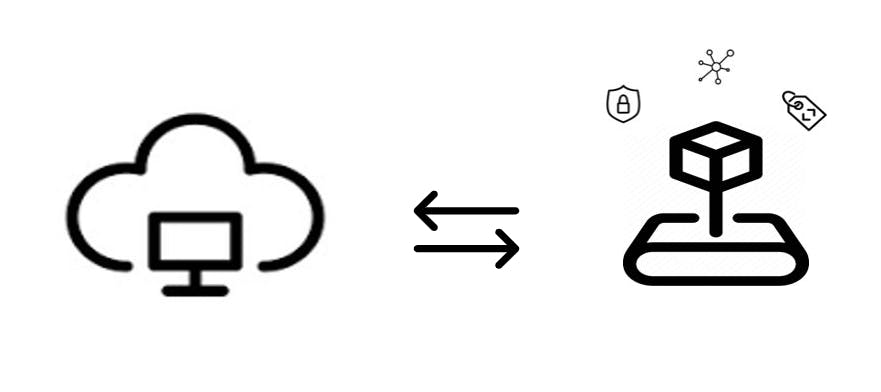Object-based Storage
Today we're going over Object storage. Let's talk about what object-based storage is, how it works, and why/when you could use it.
WHAT IS OBJECT STORAGE ?
This form of storage was designed to keep up with the ever-increasing internet burden, which is mainly made up of large amounts of unstructured data. This type of data constitutes the vast majority of Internet communication data and cannot be organized easily in a traditional database. Examples of such data include pictures, videos, audio, notes, sensor data, and sometimes even email data. As a result, object storage presented itself as the solution to storing and archiving such a massive amount of data.

HOW DOES IT WORK?
In object-based storage, data is stored as components called objects in a flat space environment. This is very different from block storage, which stores data in one or more blocks on a SAN, and file storage, which stores data in a file and folder system on an NFS. That means there are no concepts of folder, hierarchy, and directory such as what you'd typically see in a file-based system. Also, the data stored isn't limited to a single file format; thus, you can store nearly anything there. It could be in the form of images, notes, or even audio. Your data will be given specific descriptive properties called metadata as it becomes an object, allowing for easy indexing and management. It will also be assigned an ID that will serve as a unique identifier for locating the object within the system without knowing its actual physical location.
This data (objects) will be accessed through a RESTFUL API, usually HTTP-based, which will use the descriptive properties of the object to locate it.

WHAT CAN IT DO? WHY/WHEN COULD YOU USE IT?
This flat address space environment allows for unlimited scaling, possibly up to petabytes of ranges. Moreover, with this also comes less complexity, as retrieving data will become easier and faster due to the absence of folders and directories. Furthermore, because of its architecture, object-based storage offers the capability of replicating data onto different nodes and data centers, thus providing high levels of availability and disaster recovery. All these features make object-based storage suitable for web hosting, content delivery, and storing large volumes of data for both frequent and infrequent access, all at a low cost.
In addition to that, object-based storage shows great cloud compatibility, as organizations often see a decrease in their on-site IT infrastructure when adopting low-cost cloud storage while keeping data available when needed. Object storage enables many companies to use the same storage repository, with each department having access to a different fraction of the storage capacity. Companies can utilize a cloud-based object storage system to store massive amounts of unstructured data for their websites and apps.

However, one drawback to this technology is that your objects are static, which means you won't be able to alter them once they've been stored because it'll just create another, different version of your data. So, if you’re looking for a way to store data that will rarely change, with high availability, durability, security, and increased scalability, all at a relatively low cost, object storage might be the best option.
For more information about object storage, visit these links to see how different cloud providers leverage this technology:
docs.oracle.com/en-us/iaas/Content/Object/C..
docs.aws.amazon.com/AmazonS3/latest/usergui..
cloud.google.com/learn/what-is-object-storage
Jordan

